Meet The Men Who Inspired The Great Gatsby
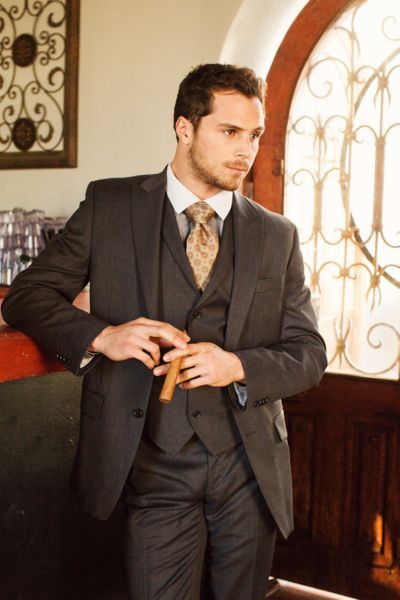
Table of Contents
The enigmatic Jay Gatsby, with his lavish parties and mysterious past, wasn't born solely from Fitzgerald's imagination. This article aims to explore the key real-life figures that shaped Gatsby's character and the opulent, yet ultimately tragic, world he occupied.
The Prototypical Gatsby: F. Scott Fitzgerald Himself
Perhaps the most significant inspiration for Gatsby was Fitzgerald himself. The author's own life mirrored many aspects of Gatsby's, particularly his fervent ambition, his fascination with the wealthy elite, and his tumultuous relationship with wealth and social status. Fitzgerald’s own experiences in the roaring twenties, coupled with his personal struggles, undoubtedly shaped the character of Jay Gatsby.
- His tumultuous relationship with Zelda Sayre: Fitzgerald's passionate, yet often fraught, relationship with Zelda, a Southern belle from a wealthy family, provided a powerful template for Gatsby's obsessive pursuit of Daisy Buchanan. The yearning, the social barriers, and the ultimate tragedy all resonate with Fitzgerald's own romantic struggles.
- His fascination with the wealthy elite and their lavish lifestyles: Fitzgerald was captivated by the extravagance and excess of the wealthy, attending and even hosting lavish parties similar to those depicted in The Great Gatsby. This firsthand experience infused the novel with an authenticity and understanding of the era’s opulent lifestyle.
- His own struggles with financial instability: Despite his success, Fitzgerald constantly battled financial instability, a struggle that mirrors Gatsby's own ambiguous wealth and its precarious nature. This internal conflict deeply informed his writing, adding a layer of realism to Gatsby's character.
- His experiences in the roaring twenties: Fitzgerald’s immersion in the vibrant social scene of the 1920s, with its jazz music, flapper dresses, and carefree abandon, provided the backdrop for the novel's vibrant and decadent setting. This firsthand experience made the world of The Great Gatsby feel authentic and alive.
Fitzgerald's life, therefore, served as a crucial wellspring of inspiration for Gatsby's character, imbuing him with both the allure and the underlying melancholy of the Jazz Age.
The Millionaires of the Jazz Age: Real-Life Inspirations
Beyond Fitzgerald's own experiences, several real-life millionaires of the 1920s significantly influenced Gatsby's persona. The era was characterized by unprecedented wealth accumulation and conspicuous consumption, creating a landscape ripe with inspiration for a character like Gatsby.
- Specific historical figures: Individuals like the infamous bootlegger Arnold Rothstein, whose vast wealth and shadowy dealings, undoubtedly contributed to Gatsby's enigmatic background and potentially his illicit activities. Other prominent figures from this era further contributed to the creation of the wealthy elite depicted in the novel.
- Their social circles and parties: The lavish parties thrown by these millionaires, often described in contemporary accounts, provided a clear model for Gatsby's infamous gatherings. The extravagance, the excess, and the ultimately hollow pursuit of pleasure find their reflection in the novel's descriptions.
- Their relationships with women and their pursuit of the American Dream: The complicated relationships between these wealthy men and the women in their lives, alongside their often ruthless pursuit of success, provided additional inspiration for the novel's themes of love, loss, and the unattainable American Dream.
The lifestyles of these Jazz Age millionaires, their excesses, and their often-ambiguous origins provided a rich tapestry of inspiration for Fitzgerald as he crafted the character of Jay Gatsby and the world around him.
Gatsby's Mysterious Past: Parallels in Real-Life Bootleggers
Gatsby's mysterious past and his seemingly ill-gotten wealth draw strong parallels to the shadowy world of bootleggers during Prohibition. This era of lawlessness and organized crime provided a fertile ground for the creation of a character like Gatsby, whose origins and wealth remain shrouded in mystery.
- The culture of bootlegging and organized crime during Prohibition: Prohibition fueled the rise of organized crime syndicates, creating a climate of secrecy and violence that contributed to Gatsby's enigmatic nature.
- Parallels between real-life bootleggers' stories and Gatsby's mysterious origins: The parallels between Gatsby's wealth and the methods used by real-life bootleggers to accumulate fortunes provided a realistic framework for understanding Gatsby's ambiguous past.
- Specific historical figures involved in bootlegging: While avoiding glorification, the influence of these figures' stories on the development of Gatsby's character and the novel's plot cannot be ignored. They supplied both the dramatic tension and the underlying moral ambiguity.
The Women of Gatsby: Real-Life Counterparts
The women in The Great Gatsby—Daisy Buchanan and Jordan Baker—also have clear real-life counterparts, primarily drawn from Fitzgerald’s personal life and the societal landscape of the 1920s.
- Zelda Fitzgerald's influence on Daisy Buchanan: Zelda's personality, her beauty, her capricious nature, and her own complicated relationship with Fitzgerald heavily influenced the creation of Daisy Buchanan, a character both alluring and ultimately elusive.
- Characteristics of real-life flappers and their impact on Jordan Baker: The independent and somewhat cynical Jordan Baker reflects the spirit of the flapper generation, embodying the changing roles of women in the 1920s.
- Societal expectations placed on women during the 1920s: The societal constraints and expectations placed upon women in that era significantly shaped both Daisy and Jordan's character arcs, their choices, and their ultimate fates.
Unveiling the Men Behind the Myth
In conclusion, the creation of Jay Gatsby wasn't a solitary act of imagination. It was a synthesis of Fitzgerald's own life experiences, his observations of the wealthy elite during the Jazz Age, and his understanding of the shadowy world of Prohibition-era bootleggers. The men who inspired The Great Gatsby—from Fitzgerald himself to the real-life millionaires and shadowy figures of the 1920s—all contributed to shaping this iconic character and the enduring legacy of the novel. Understanding these real-life influences enhances our appreciation of Fitzgerald's creative process and deepens our understanding of The Great Gatsby's enduring power.
Discover more about the fascinating men who inspired The Great Gatsby and unlock a deeper understanding of this iconic novel. Learn more about the real-life influences behind the characters in The Great Gatsby and delve into the rich history that birthed this timeless masterpiece.

Featured Posts
-
 Uppgifter Pekar Pa Mls Flytt Foer Thomas Mueller
May 11, 2025
Uppgifter Pekar Pa Mls Flytt Foer Thomas Mueller
May 11, 2025 -
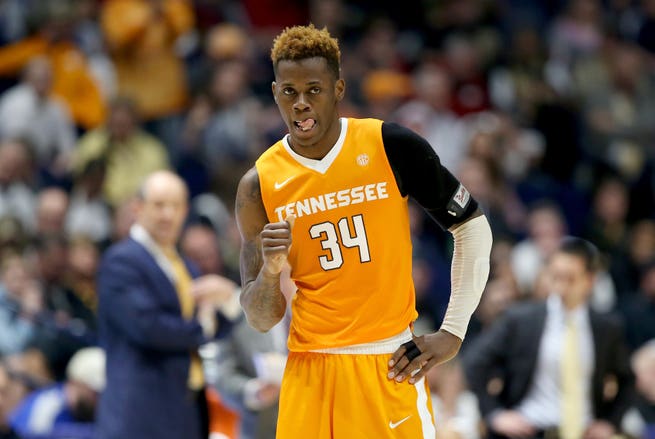 Tennessee Volunteers Rout Indiana State Sycamores 12 1
May 11, 2025
Tennessee Volunteers Rout Indiana State Sycamores 12 1
May 11, 2025 -
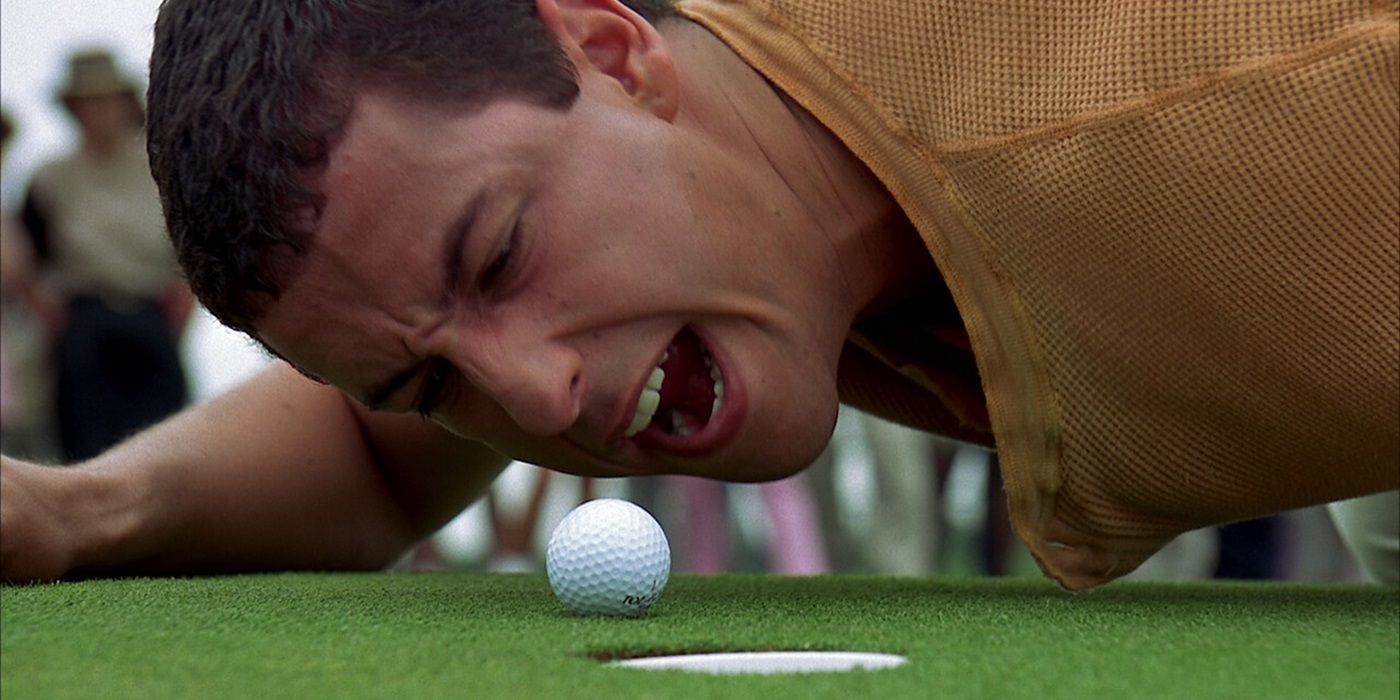 Happy Gilmore 2 Can Sandler Recapture His Early Success
May 11, 2025
Happy Gilmore 2 Can Sandler Recapture His Early Success
May 11, 2025 -
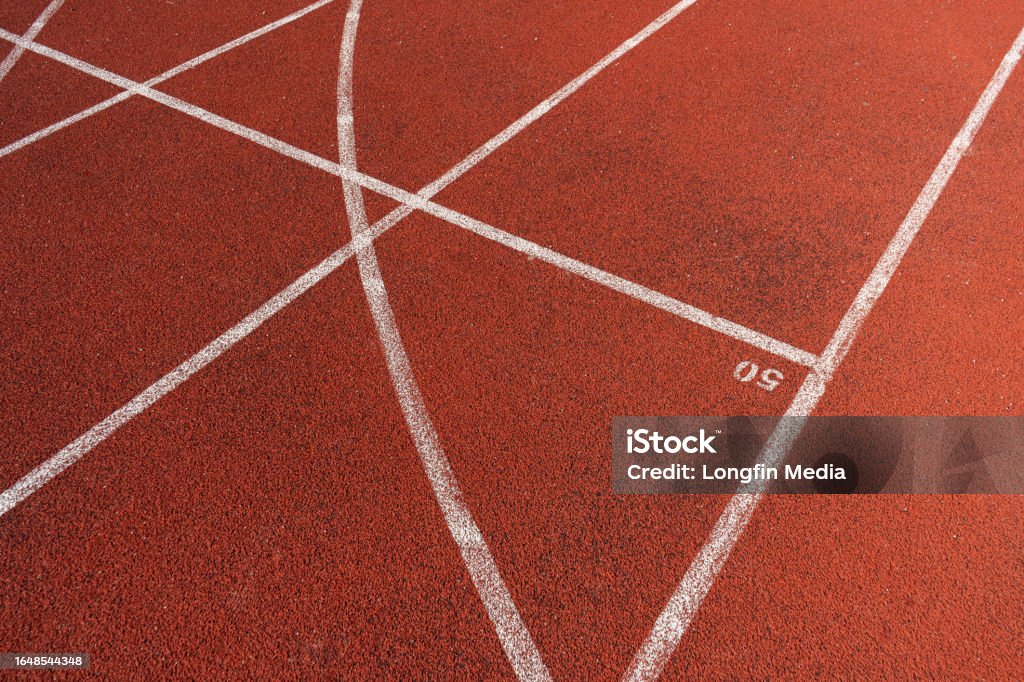 New Track Surface For Stadium Championships
May 11, 2025
New Track Surface For Stadium Championships
May 11, 2025 -
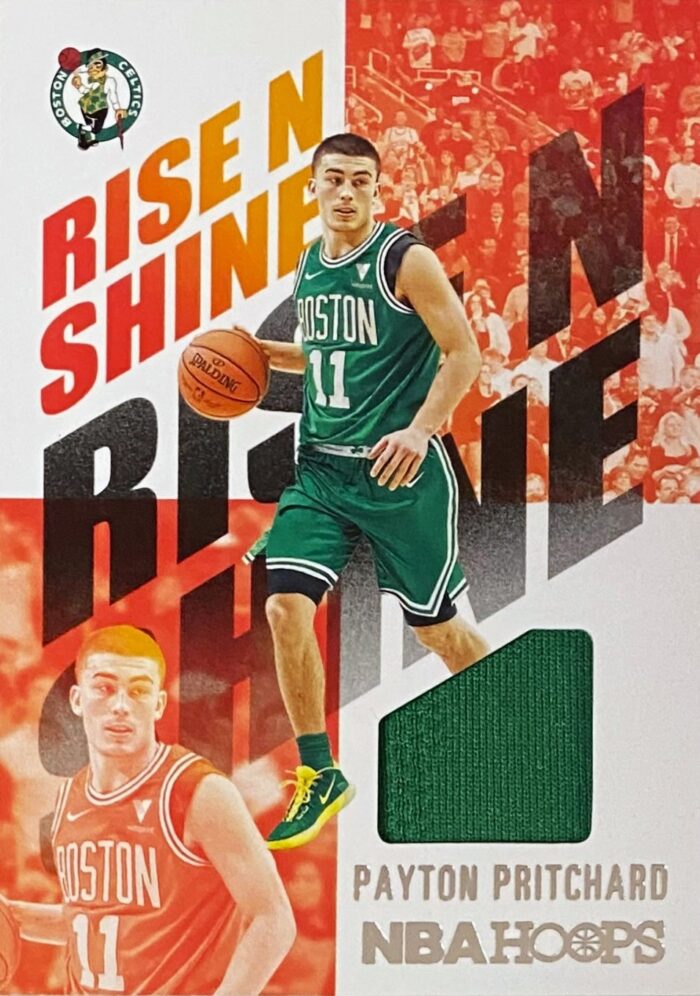 Analyzing Payton Pritchards Rise From Role Player To Sixth Man Of The Year Candidate
May 11, 2025
Analyzing Payton Pritchards Rise From Role Player To Sixth Man Of The Year Candidate
May 11, 2025
